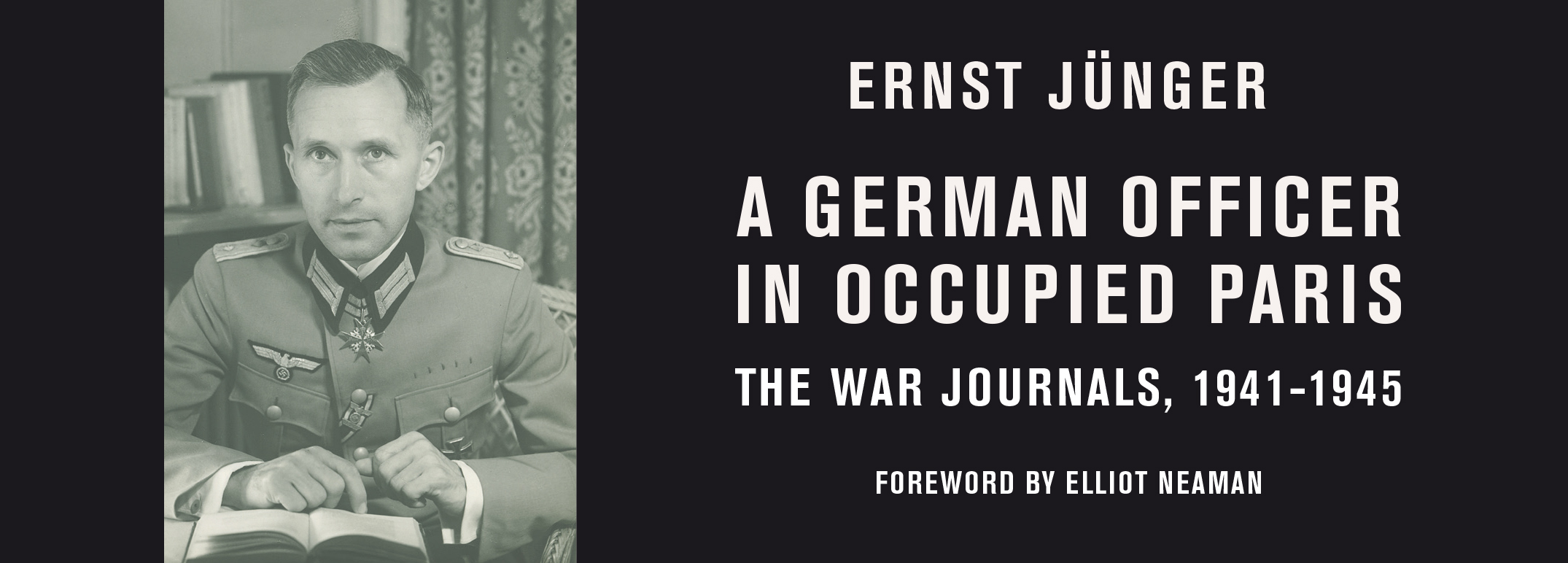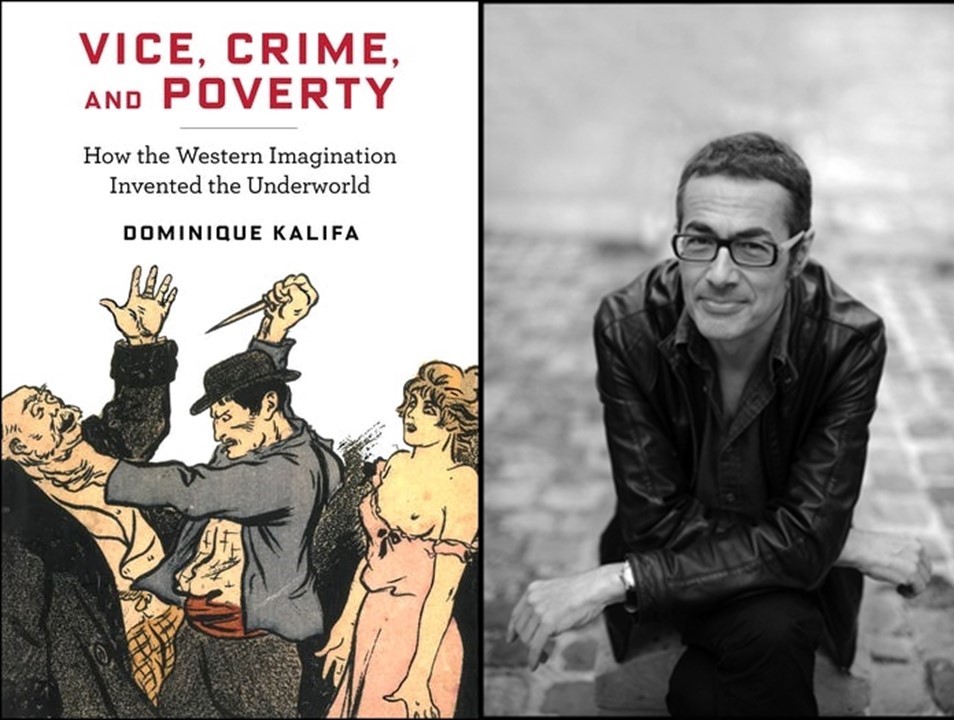History of the Mafia by Salvatore Lupo
The Financial Times recently reviewed Salvatore Lupo’s History of the Mafia along with Into the Heart of the Mafia: A Journey through the Italian South, by David Lane. As the review points out, both books explore the Mafia’s resilience and continuing presence in Italy despite changes over the past 150 years and various efforts to stop the criminal organization: “A theme of both books is that, despite hopes to the contrary, economic development in Italy has provided the Mafia with new opportunities rather than undermining an organisation originally based on exploiting poverty-stricken populations.”
Lupo’s book takes a more historical approach exploring the development of the Mafia in Sicily beginning with Antonio Giammona, the first boss of Palermo and continuing through to the Cosa Nostra‘s growth in the United States and its continuing presence in Italian society. While the Mafia might have begun by capitalizing on poverty and corruption in Sicily, it has been able to change with the times:
“[Lupo] … build[s] a comprehensive picture of how the Mafia took advantage of weak and corrupt central governments, until they ‘flooded the system’ to become a dominant rather than just parasitic force.Many believed that the Mafia would vanish once locomotive whistles echoed through the villages of the Sicilian hinterland, Lupo writes, but instead they adapted, ‘old but not afraid of modernity’.”
For more on the book, you can also read an excerpt. Here is a passage from the introduction in which Lupo explores the Mafia as organization and how it changed once it established itself in the United States.
Of course, this does not mean that the U.S. Mafia was not clearly distinct from the Sicilian Mafia. First and foremost, the U.S. Mafia was profoundly modeled on American society, as is emphasized by a number of studies (prevalently democratic and Italian American in nature) that focus on the criminalizing elements of the American society into which these immigrants were introduced, in contrast with the traditional WASP thesis of a foreign conspiracy. This praiseworthy effort to overturn the racist idea that Italian Americans had a predisposition to engage in crime, however, ultimately points toward a model of the Mafia that was nothing more than a form of clientelism in its society of origin—“a system of godfathers and clients exchanging favors, services, and other benefits,” perpetuated by the immigrants when they arrived in the New World, and destined to die out once the Italian American community was fully integrated into the upper ranks of U.S. society.
According to the anthropologist Francis J. Ianni, the mafiosi of the Lupollo family were “modest, taciturn people, . . . men of honor” deserving of “sympathy and admiration,” linked together in a “family business” in which legal activities gradually replaced the illegal activities that had once been necessary for advancement for those who came from a world where there was neither law nor justice. In short, theirs was “a vanishing way of life”—yet another variation on the theme, inevitably refuted by events, of a modernity destined to automatically dissolve the archaism of the Mafia. The vertical and highly structured organization described by Valachi was therefore basically a paranoid invention of the authorities and the WASP power structure. The Mafia, as Hawkins asserted, is like God: to believe in it is tantamount to a profession of faith that cannot be sustained by empirical evidence. We should point out, however, that Ianni’s study was based on documents provided by the Lupollos themselves and certainly reflects their point of view; whereas Hawkins, without knowing it, formulated the same equation, Mafia=God, that had already been set forth by Pasquale Sciortino, the lieutenant and “intellectual” of the Giuliano gang, in a polemic with Girolamo Li Causi.







